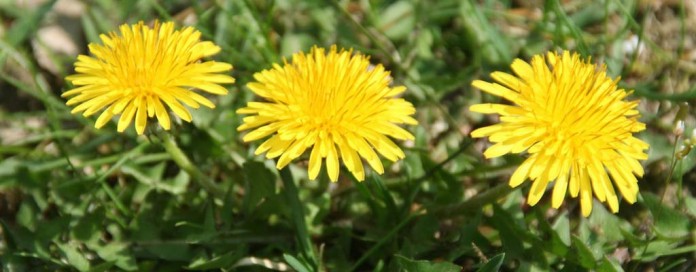
At the office here, we banter about invasive species and all the hoopla surrounding the subject. That got me thinking deeper about the subject. Who determines if a species is invasive? How far back in time do you go? Is there an official list and what criteria do you use?
I think most of us have heard about some plant species, insect or animal that is characterized as invasive, meaning not native or not naturally here. Here are some crazy species that were not here at some point, but could qualify as invasive according to my thinking.
Invasives or not?
Dandelions came over from Europe as a food plant in the 1800s. I think most people would tell you they are native. They are seen everywhere. But, once again, when did the clock start ticking, the last decade, this year, or a century ago or more. Ring-necked pheasants have been here a long time — since the 1800s — so most people would claim them as native. However, they were introduced from China way back when. So, what are they?
Starlings and house sparrows seem to have been here a long time so they must be native. They were introduced around the early 1900s. Are they native or invasive? Nightcrawlers in your lawn would seem to be native, but they arrived from Europe in the late 1700s. So, are they native or invasive? Horses would be considered by most people as native but were actually brought over by the Spaniards in the 1500s. So, are they native or invasive?
Canadian Hemlocks were brought down by the last glacier episode. Could their remnant populations in wooded ravines be considered invasive or native? Zebra mussels, a recent arrival to the Great Lakes, a menacing nuisance clinging onto boats, etc, would undoubtedly be an invasive species. The emerald ash borer (this one really sickens me as an invasive) has created a collapse of the ash tree in Ohio. However, the native red ash borer, already here seemed to have reached equilibrium with the ash trees.
My favorite example is the Colorado Blue Spruce. Seen just about everywhere, many folks would likely characterize them as native. However, the name should be a dead give away that it isn’t. The Monarch butterfly is getting a lot of attention by lots of people now, and rightfully so. However, my question is, if the butterfly life cycle is tied so heavily to the milkweed plant, and 200 hundred years ago Ohio was 95 percent forested and weeds were extremely rare under the forest canopy, should we consider them a native or an invasive?
Identifying invasives
Thus, you should now understand the craziness of all of this. What is and what isn’t invasive and what criteria is being used. So, when you get into a discussion or see lists of invasive species published by whomever, let’s remember many of those plants or creatures not on the list should be considered in my book.












